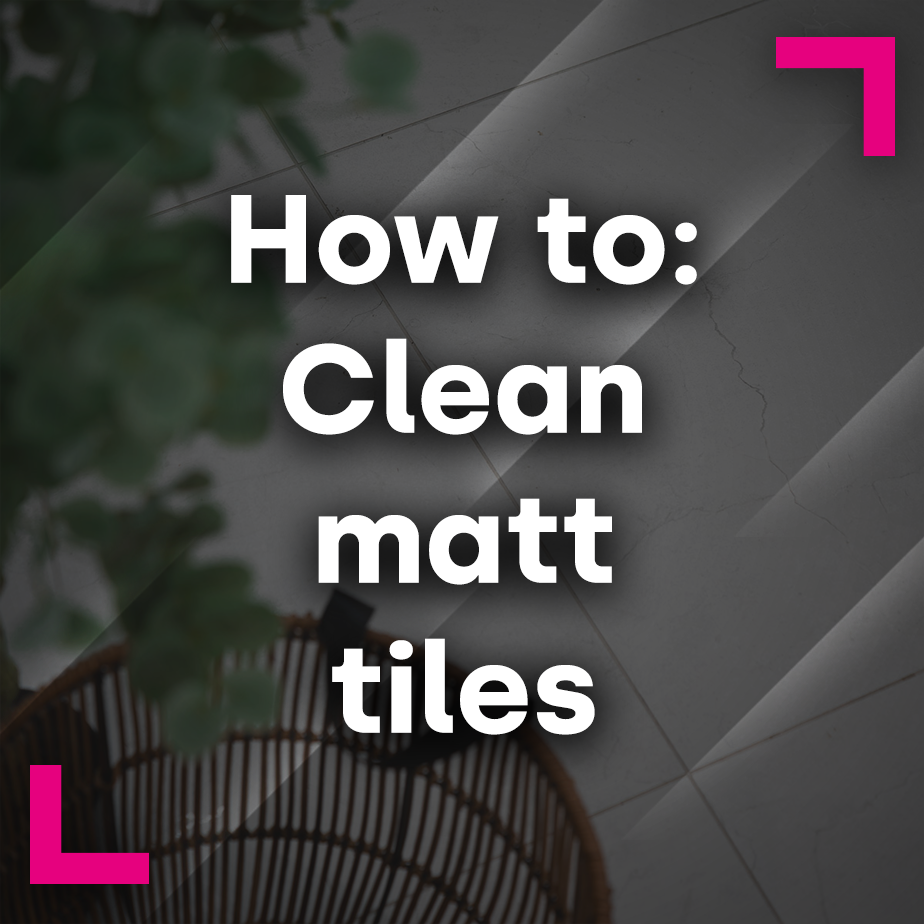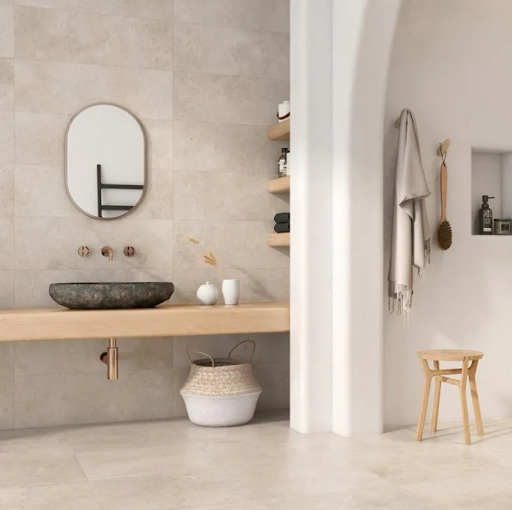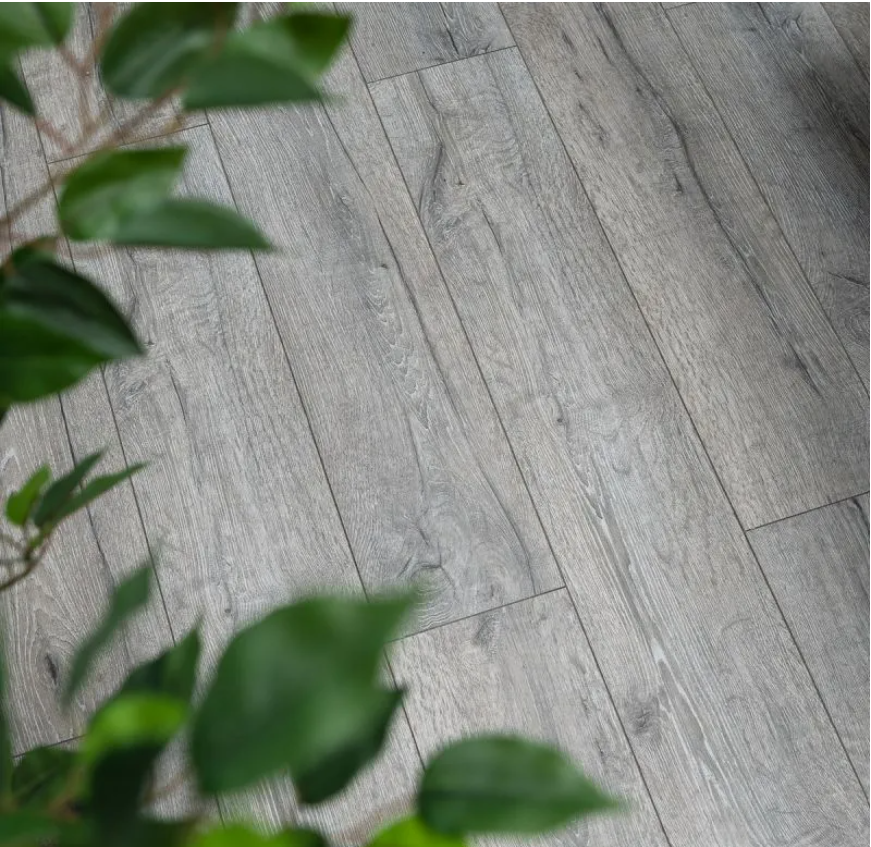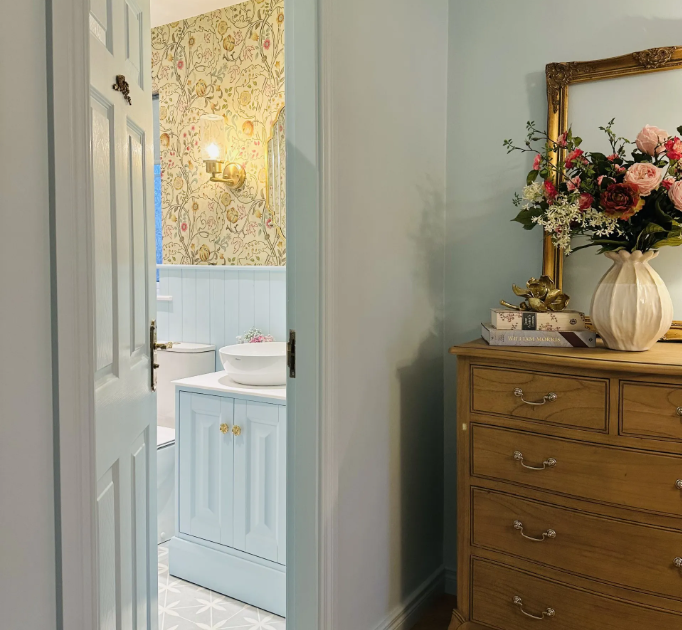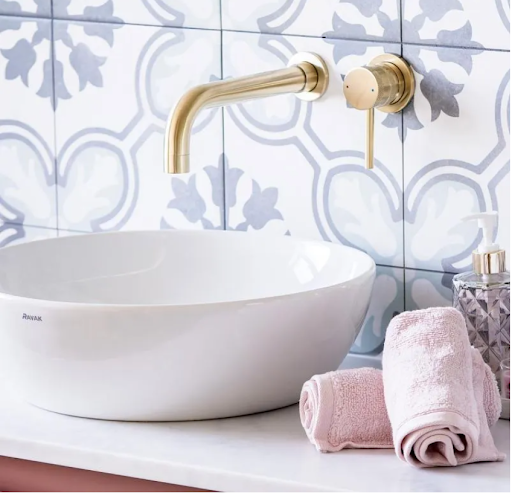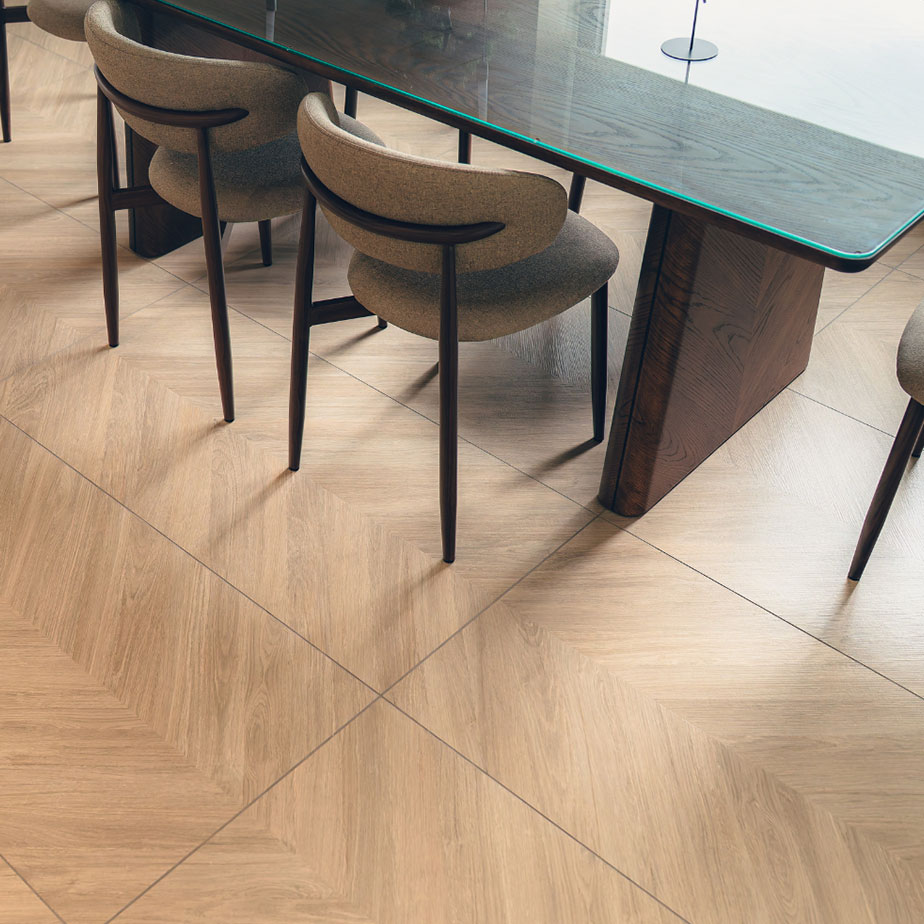How to Clean Bathroom Tiles
Discover how to clean bathroom tiles the right way. From wall and floor tile care to tackling mould and grout, this expert guide keeps your bathroom sparkling and fresh.
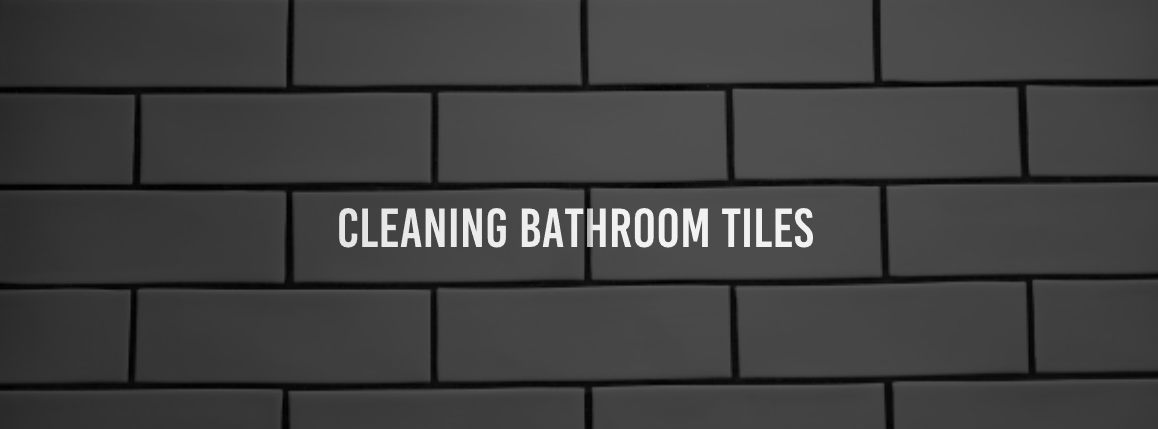
How to Clean Bathroom Tiles: The Ultimate Guide for Sparkling Walls & Floors
Tiles are the backbone of a clean, beautiful bathroom but they’re also magnets for soap scum, grime, and mould. Whether you have porcelain, ceramic, or natural stone tiles, regular cleaning keeps them shining and extends their lifespan.
In this complete guide, we’ll show you how to clean bathroom tiles safely and effectively, with step-by-step methods, DIY solutions, expert tips, and maintenance tricks to prevent build-up for good.
Here’s what you’ll learn in this guide:
-
Why Cleaning Bathroom Tiles Regularly is Essential
-
Preparation & Safety Before You Start
-
Step-by-Step: How to Clean Bathroom Wall Tiles
-
Step-by-Step: How to Clean Bathroom Floor Tiles
-
Tackling Stains, Mould & Damaged Grout
-
Common Tile Cleaning Mistakes to Avoid
-
Final Thoughts
-
FAQs from Cleaning experts
Why You Should Regularly Clean Bathroom Tiles
Your bathroom tiles face constant exposure to moisture, soap residue, and limescale, all of which can lead to staining, mould growth, and grout damage. Regular cleaning doesn’t just improve appearance; it also:
-
Prevents mould and mildew growth in grout lines.
-
Extends the life of sealants and grout.
-
Reduces odours caused by bacteria.
-
Keeps your bathroom feeling fresh, bright, and hygienic.
If you’re planning a renovation or looking for bathroom tile ideas, maintaining your current tiles in perfect condition is the best place to start.
Preparation & Safety Before You Start
Before you grab the sponge, take a few minutes to prep properly.
Identify Your Tile Type
Different materials need different care:
-
Ceramic & porcelain – durable and easy to clean.
-
Natural stone (marble, travertine, limestone) – avoid acidic cleaners like vinegar.
-
Gloss vs matt – matte tiles may show residue more easily and need gentle cleaners to avoid streaking. For a comphrensive guide, check out our post on how to clean matt tiles.
Gather your tools & cleaners
You’ll need:
-
Microfibre cloths or soft sponges
-
Grout brush or old toothbrush
-
Bucket of warm water
-
Mild detergent or pH-neutral cleaner
-
Optional: white vinegar, baking soda, steam cleaner
Safety first
-
Wear gloves and ensure ventilation.
-
Always test new cleaners on a small, hidden area.
-
Avoid mixing cleaning products — especially bleach and ammonia.
Step-by-Step: How to Clean Bathroom Wall Tiles
Cleaning wall tiles is about technique, not just product.
-
Rinse the tiles with warm water to remove dust or loose debris.
-
Apply your cleaner — use a spray bottle with diluted detergent or a specialised tile cleaner.
-
Let it sit for 5–10 minutes to break down grime.
-
Scrub gently with a soft sponge or cloth (avoid scouring pads).
-
Focus on grout lines using a toothbrush and baking soda paste.
-
Rinse thoroughly, then wipe with a clean damp cloth.
-
Dry completely to prevent watermarks and mould growth.
Pro Tip: For high walls or hard-to-reach spots, attach a microfibre cloth to a mop head for safe cleaning.
Step-by-Step: How to Clean Bathroom Floor Tiles
Floor tiles take the brunt of dirt, hair, and soap residue.
-
Sweep or vacuum first to remove debris.
-
Mop with warm, soapy water (pH-neutral cleaner recommended).
-
For stubborn spots, use a soft brush or non-abrasive pad.
-
Rinse thoroughly to avoid slippery residue.
-
Dry the floor completely — standing water can cause discolouration.
Avoid: Steam cleaners on weak grout or natural stone unless you’re sure they’re sealed properly.
| Cleaner / Tool | Best Use | Pros | Cautions |
|---|---|---|---|
| pH-neutral cleaner | General maintenance | Safe for most tiles | Mild on heavy grime |
| Oxygen bleach (non-chlorine) | Stains, mould in grout | Strong, safer than chlorine | Use ventilation |
| Baking soda paste | Scum, light stains | Gentle abrasive | Rinse well |
| Vinegar + water | Soap scum (ceramic/porcelain only) | Cheap, natural | Don’t use on stone |
| Microfibre cloth | Polishing, drying | Lint-free | Clean often |
| Steam cleaner | Deep cleaning | Chemical-free | Only on sealed surfaces |
Tackling Stains, Mould & Damaged Grout
If your grout is mouldy, cracked or discoloured:
-
Apply a bleach solution (1 part bleach to 3 parts water) or use an oxygen-based cleaner.
-
Let it sit 10–15 minutes.
-
Scrub with a grout brush.
-
Rinse thoroughly and dry.
If the grout is damaged, chipped, or crumbling, you may need to re-grout or reseal. For products like grout sealers, grout colourants, and repair kits, refer to our Tile Accessories section.
Maintenance & Prevention
-
After each shower, wipe tile surfaces dry to reduce water spots.
-
Use a squeegee daily on walls.
-
Use an extractor fan or open a window.
-
Re-apply a grout sealer every 6–12 months (find sealer products on the grout page).
-
Avoid oily or waxy soaps that leave residue.
-
Use mats or rugs near tubs and basins to limit splashes.
Common Mistakes to Avoid
-
Using abrasive pads that scratch tiles.
-
Mixing incompatible chemicals.
-
Ignoring damaged grout — it invites water infiltration and mould.
-
Leaving cleaner residue on tiles.
-
Using acidic cleaners on stone.
Final Thoughts
Proper tile cleaning isn’t just about aesthetics; it protects your bathroom, prevents costly damage, and improves hygiene. Use the right tools, adopt a good maintenance routine, and when you need grout repair or sealing, rely on the offerings in the Tile Accessories section. Planning a remodel? Learn how to tile a bathroom for a seamless finish that’s easy to maintain or contact us at Bathshack for expert advice
FAQs - How to Clean Bathroom Tiles
How often should I clean bathroom tiles?
Lightly clean weekly, deep clean monthly.
Can I use bleach on tiles?
Yes, for grout or mould, but rinse and ventilate well.
How do I clean matt tiles without streaks?
Use a pH-neutral cleaner and a dry microfibre cloth, avoid polish or gloss cleaners. (See our guide on how to clean matt tiles)
When should I re-grout?
If grout is cracking or discoloured beyond cleaning.

